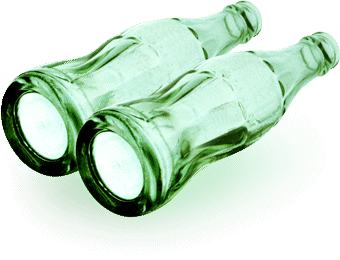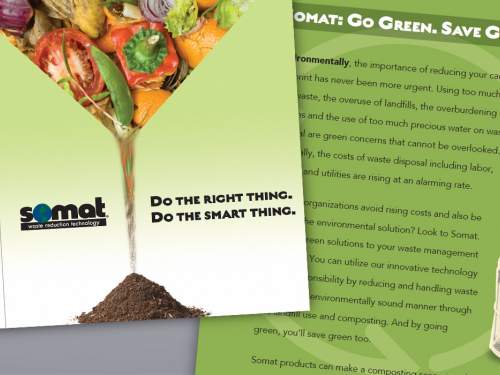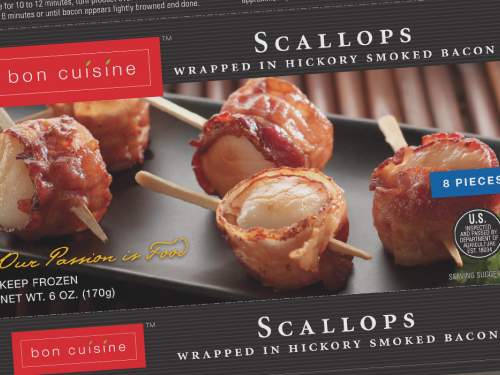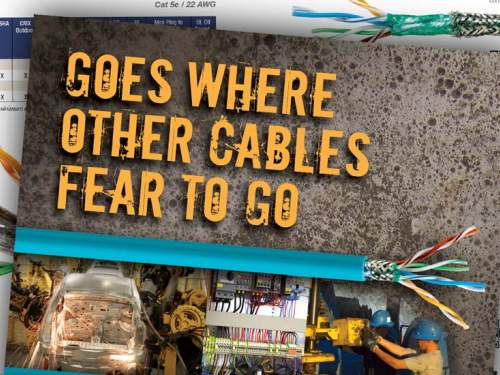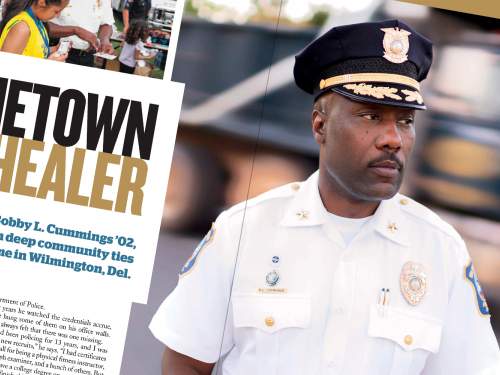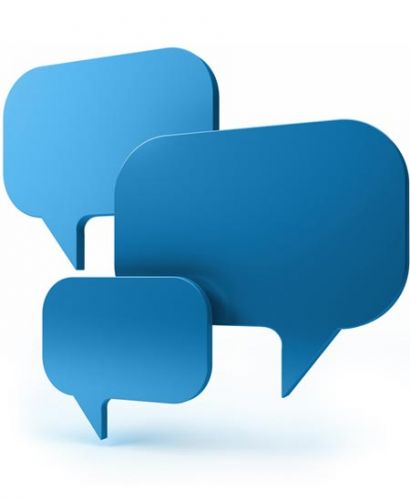Effective graphic design gives you an advantage over the competition.
People are bombarded with marketing and tune out most of it. Like you, I'm frustrated by the wasted opportunity, time, and money of marketing materials that get ignored.
The solution is effective graphic design — a way to stand out from the crowd and get noticed. And when you have their attention, you can communicate your messages and information — and then encourage them toward your preferred outcome.
Effective graphic design works harder for you and furthers your goals. Whether you need to attract, communicate, impress, inform, persuade, sell, or prompt an action — effective design will help. (and ineffective design won’t)
Four steps to make your graphic design project successful
1) Attract the eye
 A strong visual is the key to getting noticed in a cluttered marketing environment. An effective designer utilizes many artistic techniques to craft attention-getting visuals. Show them something they've never seen before and they'll want to look. Also, it's important to look different than your competitors — stand out from the crowd to attract more attention.
A strong visual is the key to getting noticed in a cluttered marketing environment. An effective designer utilizes many artistic techniques to craft attention-getting visuals. Show them something they've never seen before and they'll want to look. Also, it's important to look different than your competitors — stand out from the crowd to attract more attention.
2) Engage the mind to hold their attention
 It's human nature to ignore most of what we see over the course of a day. Our visual “inboxes” are so full that we'd be overloaded to think about everything we see. So our subconscious filtering helps us to skip over the unimportant things and only focus on what's important. When there's something of interest, it gets “forwarded” to the conscious mind for attention. Everything else gets passed over and ignored (for example 99% of things that look like “marketing”).
It's human nature to ignore most of what we see over the course of a day. Our visual “inboxes” are so full that we'd be overloaded to think about everything we see. So our subconscious filtering helps us to skip over the unimportant things and only focus on what's important. When there's something of interest, it gets “forwarded” to the conscious mind for attention. Everything else gets passed over and ignored (for example 99% of things that look like “marketing”).
Some ways to pass through a person's subconscious filtering (and engage their conscious mind) include:
- Give a benefit or promise that will be of personal interest. People subconsciously scan their environment for things that will improve their situation, protect what they have, and help their survival. The more you address their problems, the more they'll be interested in you.
- Don't be instantly categorizable. If a person's subconscious filtering can't instantly identify something, the conscious mind will try to figure it out — and you've passed through the filter. A concept that takes 1-2 seconds to “get” is ideal (any longer can frustrate and they'll move on).
3) Communicate your messages and information
 Now that you have their attention make the most of it.
Now that you have their attention make the most of it.
Communicate your messages in a compelling way. Make your unique selling proposition plus secondary claims and benefits. Give an appropriate amount of information to justify your claims, get them to want to learn more, and encourage your desired outcome.
(Avoid problems)
 It's important that the look of your materials doesn't defeat your marketing messaging. For example, if you want to give the impression of high quality products/services, your marketing materials should look high quality. Or, if you're positioning yourself as a cutting edge innovator, your materials shouldn’t look ordinary and boring. Consistent messaging boosts credibility and inconsistent messaging has the opposite effect. Your marketing materials are often your first contact with a prospective customer. An effective designer will help you make that all-important first impression.
It's important that the look of your materials doesn't defeat your marketing messaging. For example, if you want to give the impression of high quality products/services, your marketing materials should look high quality. Or, if you're positioning yourself as a cutting edge innovator, your materials shouldn’t look ordinary and boring. Consistent messaging boosts credibility and inconsistent messaging has the opposite effect. Your marketing materials are often your first contact with a prospective customer. An effective designer will help you make that all-important first impression.
4) Encourage your desired outcome
 What action would you like the person to take? For a brochure or ad, this is commonly to visit your website and/or contact you for more info. For fundraising it's to donate and/or visit your website. For a website it's to contact you for more info or to find a sales rep. For e-commerce it's to click “buy”. For packaging it's product in the hand and then the shopping cart. For a trade booth, it's to walk in and talk to a sales rep. On most marketing pieces there’s a noticable “Call to Action” to encourage the desired outcome.
What action would you like the person to take? For a brochure or ad, this is commonly to visit your website and/or contact you for more info. For fundraising it's to donate and/or visit your website. For a website it's to contact you for more info or to find a sales rep. For e-commerce it's to click “buy”. For packaging it's product in the hand and then the shopping cart. For a trade booth, it's to walk in and talk to a sales rep. On most marketing pieces there’s a noticable “Call to Action” to encourage the desired outcome.
Print and web design are your sales representatives. Make sure that yours speak clearly, engage the customer, and make a great impression by using effective graphic design.
